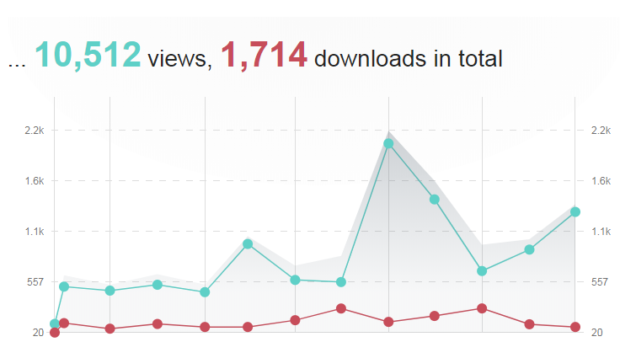
Almost eight years ago, BMC made a bold move: data in articles and supplementary information would from then on be available with a CCZero license/waiver. SpringerOpen followed with a less stringent policy and later Springer Nature started a collaboration with Figshare to archive data there.
Journal of Cheminformatics is one of the journals that make Additional Files available via Figshare. In the past year, this additional content has been viewed more than ten thousand times and resulted in more than 1700 downloads. These numbers are promising. After all, we value data in our publications and want others to use it. That reuse is not always equally trivial, as Additional files come in many formats. A quick look at our journal’s Figshare hangout, we note many different file formats.
Can we make these Additional Files better? More FAIR? How would you reuse them? Develop open source tools to extract facts?
However, we feel it is time for the next step. Can we make these Additional Files better? More FAIR? How would you reuse them? Develop open source tools to extract facts? Published them as nanopublications? Deposit them in CCZero databases like Wikidata? Validate the content and measure the quality (think Excel genes)? Put all chemicals discussed in our journal in PubChem? Or perhaps you have something better in mind. We challenge you to reuse Additional Files from the Journal of Cheminformatics and show us the best you got. Why? Because we know sharing data is hard and reusing that data even harder.
You are invited to stand on the shoulders of the authors of our journal, and continue where they decided to publish. We call for papers for our special article collection Making the most of supplementary information in Additional Files. Full details can be found here.
Comments